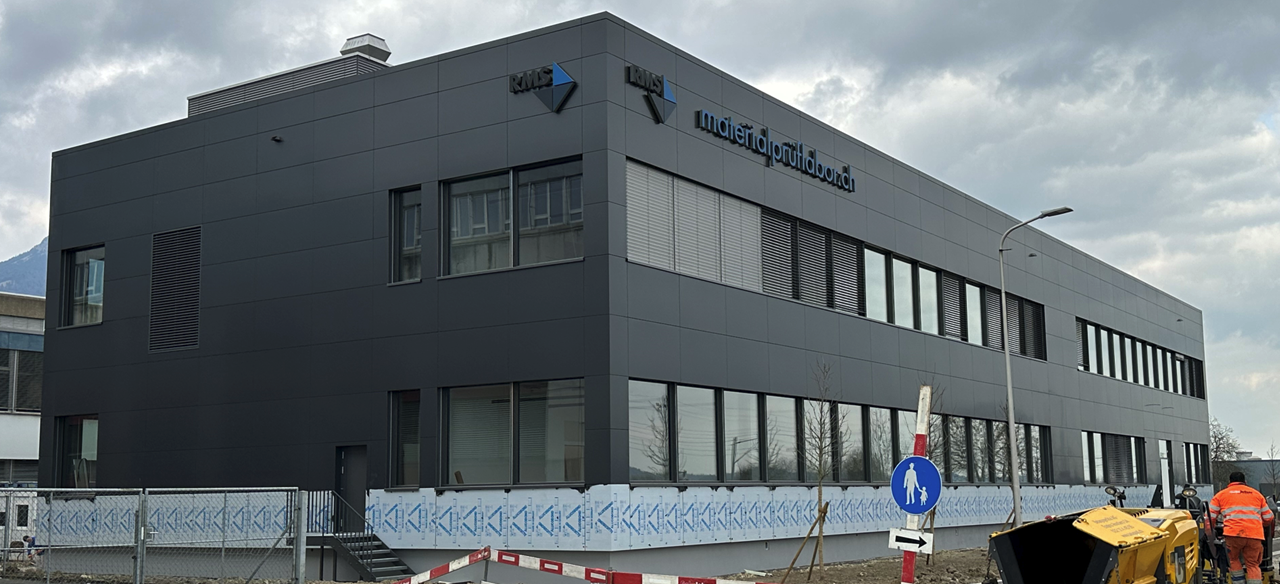IL-24: Quantitive Analysis by Carrier Gas Hot Extraction (CGHE)
By means of CGHE analysis, carbon, sulfur, hydrogen, nitrogen, oxygen and argon can be quantitatively determined in metallic and non-metallic materials (Figure 1 and 2). The samples are melted under a gas atmosphere suitable for each element (carrier gas). For example, helium is used as a carrier gas for O, N and Ar analysis. For the H measurement, however, nitrogen is used as the carrier gas. In the C and S determination, carbon burns with oxygen to CO2 and sulfur to SO2. The analysis is then carried out by means of selective infrared detection (O, C, S), via the change in the thermal conductivity (H, N) or by means of a mass spectrometer (Ar).
Example 1:
To fully quantify a chromium steel (440A) in chemical composition, X-ray fluorescence analysis is not sufficient as some Cr steels differ only in carbon content, which is not detectable by this method. However, carbon is the most important element for the hardenability of a steel and is decisive for the material properties such as wear resistance, strength and hardness.
![]() Figure 1: CGHE analyser (LECO CS 230) for carbon and sulfur analyses.
Figure 1: CGHE analyser (LECO CS 230) for carbon and sulfur analyses.
![]() Figure 2: CGHE analyser (Bruker G8 Galileo) for O, N, H and Ar analyses. Small image: glowing graphite crucible at approx. 2000 °C.
Figure 2: CGHE analyser (Bruker G8 Galileo) for O, N, H and Ar analyses. Small image: glowing graphite crucible at approx. 2000 °C.
The metal sample is inductively heated to approx. 2300 °C. The carbon content can then be calculated based on an empirical calibration over the area integral of the carbon peak.
![]() Figure 3: Hydrogen peak of a titanium specimen at CGHE analysis.
Figure 3: Hydrogen peak of a titanium specimen at CGHE analysis.
Example 2:
Titanium and its alloys have very little hydrogen solubility at room temperature. Already small contents of >100 μg/g hydrogen in elemental form or as hydride precipitations on the sliding and twin planes, which are important for the deformation, significantly reduce the deformability (embrittlement). Specific standards for titanium alloys stipulate that hydrogen analysis (Fig. above) is mandatory for semi-finished products after heat treatment or forging processes.
Equipment:
• LECO CS 230
• Bruker G8 Galileo & MS ESD 100
Analysis options:
- Quantitative analysis of the elements C, S, O, N and H in metallic and non-metallic materials according to ASTM E1019, E1409, E1447, E1941, E2575, ISO 14284
- Quantitative analysis of Ar in powder metallurgical, hot isostatic pressed (HIP) metals
Measurement ranges:
C: 4 µg/g to 3.5 %
S: 4 µg/g to 0.4 %
O: 0.5 µg/g to 0.5 %
N: 0.5 µg/g to 0.5 %
H: 0.5 to 1000 µg/g
Ar: 10 ng/g to 1000 µg/g - Detection limits:
C, S: 1 µg/g
O, N, H: 0.05 µg/g
Ar: 2 ng/g
